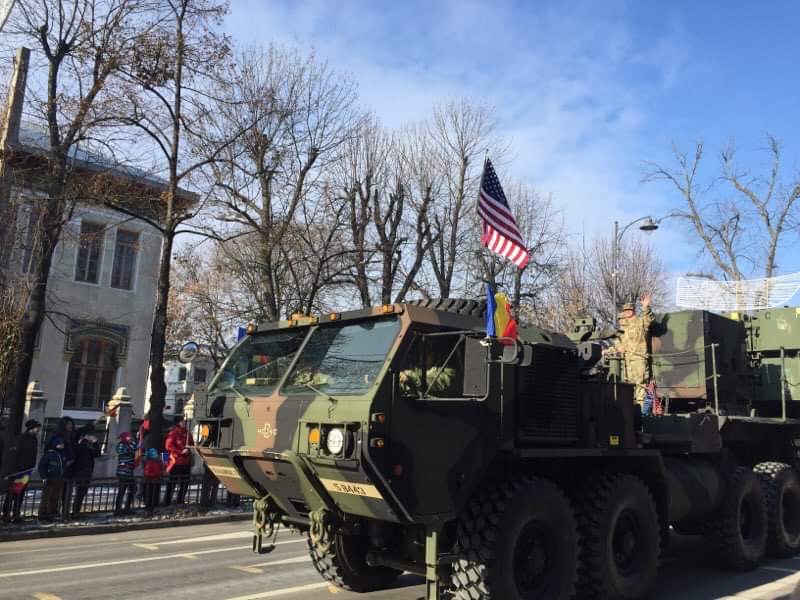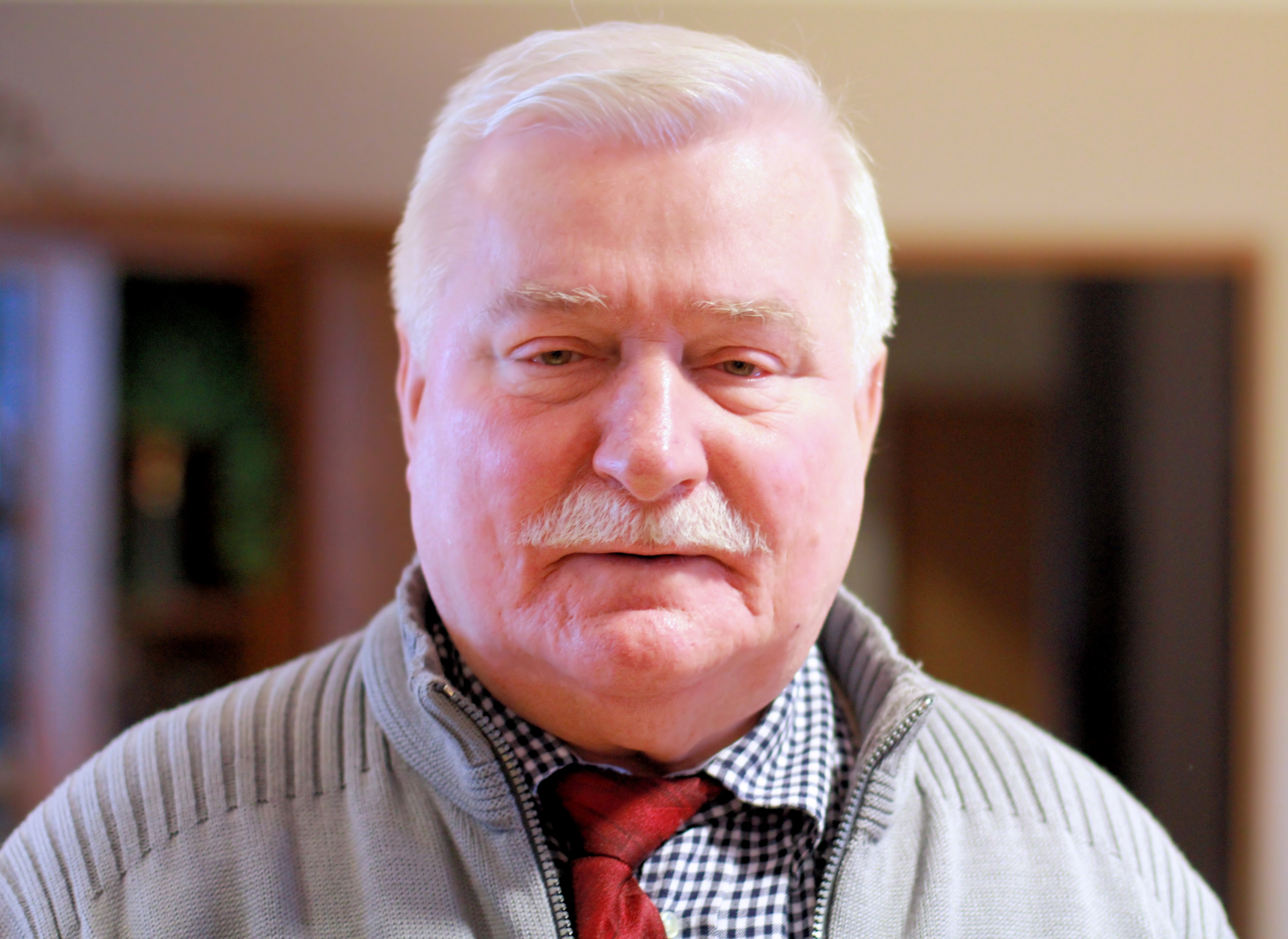By Thibaud Cassel.
Part 1/3 here! – 2/3 – 2nd part of Thibaud Cassel’s exclusive report in Romania
From Bucharest to Alba Iulia, on December 1st, the union of the “Greater Romania” is celebrated, a union that enables many political hijackings. What lessons can be learned from official celebrations on one side, cultural activities and the popular jubilation on another side, and finally from the protest demonstration of #Rezist’s Liberals?
What says a military parade
On Saturday, December 1st, the crowd hurried, compact, at the subway station Aviatorilor. Place Charles de Gaulle is just a short walk away. There a triumphal arch stands, smaller and more stripped than its Parisian model: it is the most popular place to follow the military parade. The attendance is considerable, made up of youngsters and families despite the -8°C displayed in the thermometer. The children held Romanian flags in their tight little fists. A real public rejoicing was setting up, so much that the security apparatus on the edge of the triumphal arch seemed incongruous; but people were accommodating without problem.
President Klaus Iohannis gave a short speech at 10 am, then the national anthem has been sung while successive cannon shots were fired: a simple and unpretentious ceremonial in the eyes of a French man. References to the “great nation” are not limited to the place de Gaulle: the military music is very French-styled, the uniforms too. The parade has something of a popular and provincial show. The warheads that went down to the Victory Square seems dangerous only to the extent that it is an external force that commands the use of it to the Romanians – and they buy at high price these rattles of their limited sovereignty. The army looks like a curiosity that is remembered once a year. Apart from the somewhat similar Eastern European style, quite another celebration is the May 9 parade in Moscow. I remember the popular fever, the martial ardor with which the crowd acclaimed the planes that decked the sky with national colors. How much the cadets seemed to express the warlike devotion of the whole empire. The parade was the armed decal of the whole Russia; it was there in Romania the mask of the American empire.

Being patriotic as one breathes
As usual, Romania shows patience under the imperial influence of the time. Behind the scene, in the bodega where I warmed up, I got a much more cheerful insight. The atmosphere was popular, light and festive. The national colors were displayed with a debonair goodness that is not national, in the modern and political sense of the term. It is an expression as simple and necessary as politeness. This simplicity is similar to a primitiveness without artifice, at the antipodes of any annealed resentment or revengeful thoughts; one can only believe that the national fiber has never known here its romantic momentum. A friend of mine assured me that in Romania transcendence is reserved to the popes. One could almost say that politics is in Romania a business like any other. We then understand the ineptitude of a Liberal trying to subvert the Romanians with “citizen mobilizations”. They have nothing that the French have inoculated themselves with for the past three centuries; and three centuries form a tremendous gap. A Romanian can be robed, but to persuade him of what should be alien to him seems fortunately a goal unattainable within the deadlines available to a Liberalism in crisis.
In front of the Royal Palace of Bucharest, which now houses the National Art Museum, large pavilions were home to an exhibition sponsored by the Bucharest City Council on the occasion of the centenary of modern Romania. “100 inventions in 100 years” exposed Romanian finds and scholars of the past century. Biplanes were exposed not far from groups of teenagers taking part in scientific workshops and animations. In an adjoining room there were interventions accessible to children.
An indecisive and skeptical youth
The president of the NGO in charge of the organization accepted quickly my request for an interview. Liviu, barely thirty, is now quite detached from politics: the aim of these free animations was to offer young people the esteem of their history and a better scientific culture; For a youth both curious and rooted, neither chauvinistic nor intellectual. The partisan debates annoy him, no party finding favor in his eyes and besides: the Romanians hardly expect from politicians, if not a little restraint in the way of abusing from their situation. The posterity of Ceauşescu is found in all parties, and not only in the ruling Social Democratic Party (PSD). Liviu assures me that the #rezist movement, which called for manifesting on December 1, is perceived as an artificial movement, and its hollow rhetoric no longer makes sense. We recall our readers that this movement is the subject of all the attention of the Visegrád Post, especially here and here.
Liviu has, however, participated in many protest demonstrations since the awakening of his political conscience in 2010. The economic situation of the country deteriorated in the wake of the crisis of 2008, and led in 2012 to the first major mobilization in the country, since the death of Ceauşescu, against the Liberal right-wing government of Traian Băsescu. The popular protest was back on scene in 2014, following various scandals of colonial exploitation of the country (Roşia Montana, Gabriel Resources). On this year, 40 to 50,000 people marched in Bucharest every Sunday from June to December. Finally, in 2017, the Justice Reform Act, presented by the Liberals as a law of convenience for the party in power, brought 300,000 people to the streets of the capital to rally #rezist. The demonstration of August 10 was marked by violence on the side of the protesters and law enforcement, rare excesses in Romania. The insurgency trend of #rezist doesn’t sit well for many Romanians: clearly revolutionary slogans have revealed a mixture of cynicism and immaturity, while the national-populist shift of Liviu Dragnea at the head of the PSD does not seem to justify an outburst of violence.
The mobilization of #rezist
Symmetrically the opposite of the official – and somewhat artificial – patriotism of the military parade, the Liberal protest organized a show of force in the afternoon on the same place of Victory. #rezist can be defined as the social movement strictly opposite to Yellow Vests in France. It is more or less the defense of Liberalism against democracy at the instigation of the metropolises’ Romania, the one that suffers the least. At 13:00 the Victory Square was simply deserted. I met two Erasmus students in search of a noble cause to defend – and a little distraction. I came back later, because the event was indeed scheduled on Facebook from 15:00 to 23:00. About 300 people were gathering at 5 pm, maybe 200 more when I left an hour later. The freezing cold does not fully explain the failure of the local representatives of good Western consciousness. In the first place, this partisan and anti-governmental demonstration on the day of unity aroused some distrust. The PNL party of President Klaus Iohannis, yet in direct opposition to the PSD in power, had not called to join the challenge. Once the fad has passed, this import product in crisis even in the West does not provoke genuine support. Despite the rolling of a drum and some foghorns, no real perceptible anger; Despite sporadic shouts such as “Justice! No corruption!” yelled several times by freezing people standing next to me in order to warm up a bit, no popular exasperation was to be witnessed. Even suggestive communication, in which Liberal subversion excels, seems to have broken down. If Western Liberalism proves incapable of taking Romania in its wake, it remains to define the political perspectives of these “Eastern Latins” and their positive contribution to the European question.
Translated by the Visegrád Post.




